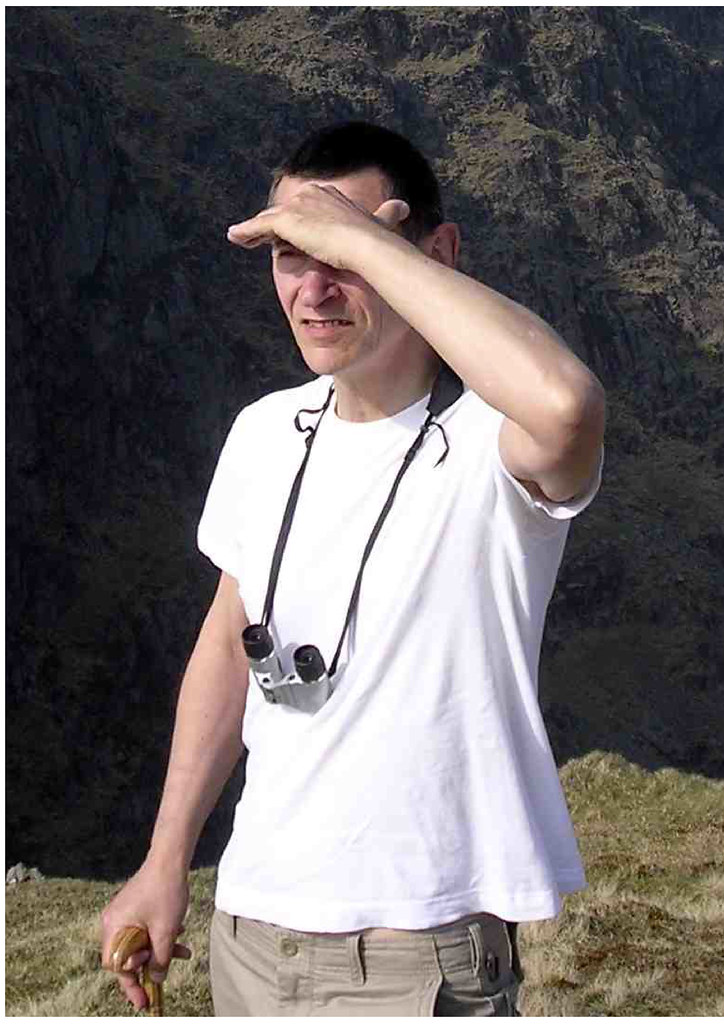After a tip published in Orchid by J Morley in 2004, I used an alumina separating wheel to shorten the shorter end of a 7/64" Allen key to about 1cm, and used the same wheel to roughly grind the end to a dome. Later I discovered that this latter operation was probably a waste of time, a better way was to fit the Allen key into the pendent drill and rotate the cut end against progressively finer grades of wet abrasive paper. This had the great advantage of producing a profile (providing the drill was slowly lifted and lowered to additionally shape it in another plane) which is maximal size for burnishing. The result was a very attractive looking tool, requiring no heat treatment (the same tool can be made using a bur, but this requires heating, bending, shaping, re-hardening then tempering - a lot more work).
Unfortunately, actually using the tool is a different matter. I tried it on various old pieces of cast silver with porosity, and although it bashed the surface very satisfactorily, not all porosity was closed up, and I was uncertain how to finish the resultant surface. I tried the abrasive radial wheels which did indeed get a wonderful polish, but did not remove undulations in the surface caused by the rotary hammering effect. It is faintly possible that my method of getting a maximal size burnishing surface is at fault, perhaps a much smaller burnishing surface would get better results. Of course, I realise that if nothing else, it may be useful as a power texturing tool!
2009-12-02
Making a rotary burnisher from an Allen key
Posted by
Paul Jelley
at
17:12
![]()
![]()
Subscribe to:
Post Comments (Atom)


No comments:
Post a Comment